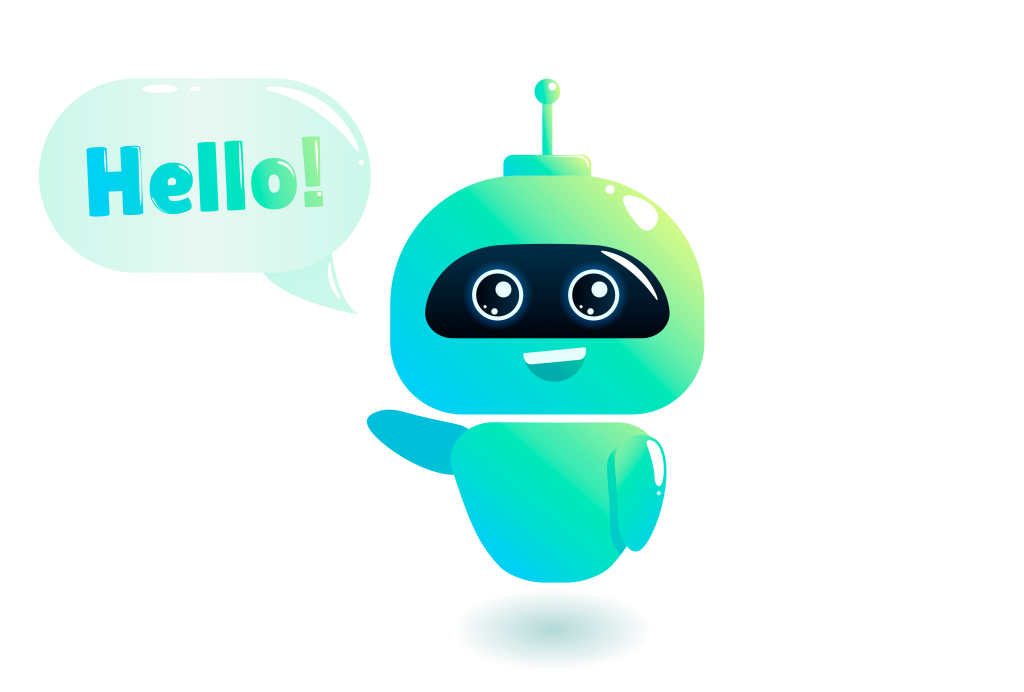
Building Chatbots with Machine Learning: A Comprehensive Guide
The Importance of Building Chatbots
Did you ever stop to consider the last time you interacted with a chatbot? Was it during an online shopping experience, or perhaps while troubleshooting a technical issue on a software application? In today's increasingly digitized world, chatbots are becoming an integral part of our online interactions, proving their importance across various industries. They provide immediate and personalized customer interaction, meeting the demands of today's customers who expect round-the-clock service. Businesses are realizing that integrating chatbots into their customer service can result in an elevated customer experience, increased customer engagement, and improved operational efficiency.
The Role of Machine Learning in Chatbot Development
But what powers these chatbots to deliver such efficiency? The answer is machine learning. Machine learning, a subset of AI, imbues chatbots with a sort of 'brain', enabling them to learn from past interactions, make decisions, and improve their performance over time. In essence, machine learning plays a fundamental role in the evolution of chatbot development, taking them from simple rule-based bots to intelligent, AI-powered assistants that can understand, process, and respond to human queries in a natural and intuitive manner.
An Overview of the Article
In this comprehensive guide, we're going to take a deep dive into the world of chatbot development, exploring the intricacies of AI, the underlying algorithms, and the impact of machine learning in powering chatbots. We'll explore the role of natural language processing (NLP), understand the significance of Python in chatbot development, examine the impact of deep learning, and more. Whether you're a seasoned developer or a curious enthusiast, this guide is designed to provide valuable insights into building efficient, AI-powered chatbots. Ready to start the journey?
Understanding the Basics
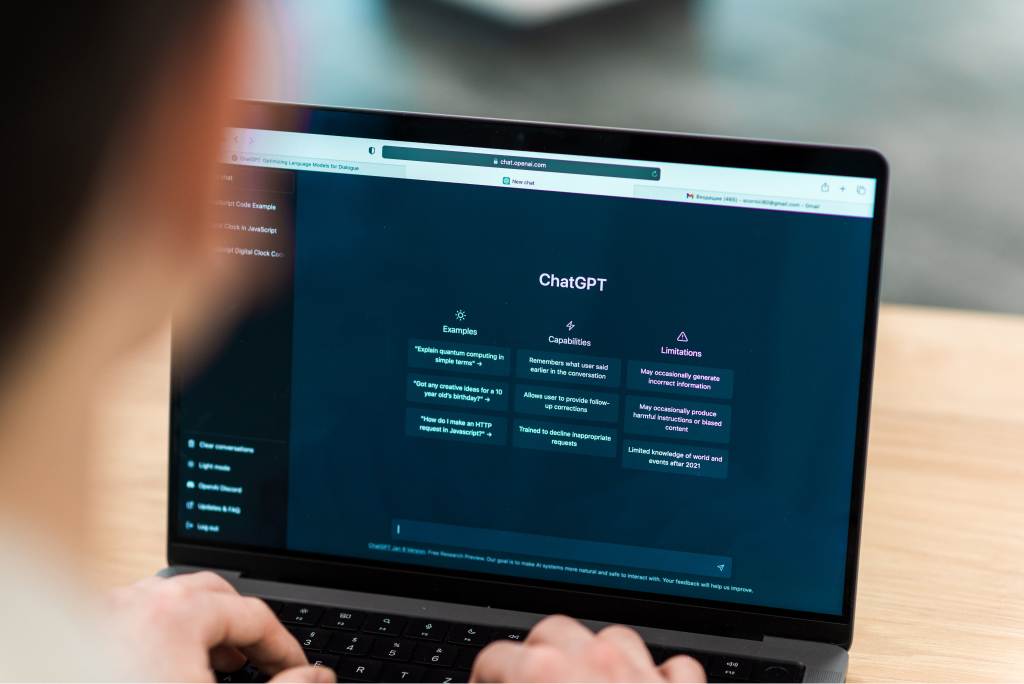
Definition and Types of Chatbots
Let's start with the basics: what is a chatbot? In simple terms, a chatbot is an AI-powered software designed to interact with humans in their natural languages. These interactions can occur on various platforms including websites, mobile apps, and messaging apps. Chatbots can be categorized broadly into two types: rule-based chatbots that function based on predefined rules, and self-learning bots that utilize machine learning to learn from interactions, making them more intelligent and efficient over time.
What is Machine Learning?
At its core, machine learning is a field of study that gives computers the ability to learn without being explicitly programmed. It's a subset of artificial intelligence (AI) that focuses on building algorithms that, over time, can make predictions, improve upon learning, and make data-driven decisions. The most potent application of machine learning is its ability to improve system efficiency by learning from data inputs, making it instrumental in fields like healthcare, finance, and of course, chatbot development.
How AI and Machine Learning Power Chatbots
AI and machine learning are key components that power chatbots. AI gives chatbots the ability to understand complex requests, mimic human conversations, and interact naturally with users. On the other hand, machine learning enhances a chatbot's 'intelligence' by enabling it to learn from previous interactions, continuously improving its ability to deliver accurate and relevant responses. Together, they form the backbone of effective and efficient chatbot systems.
Natural Language Processing (NLP) and its Significance in Chatbot Building
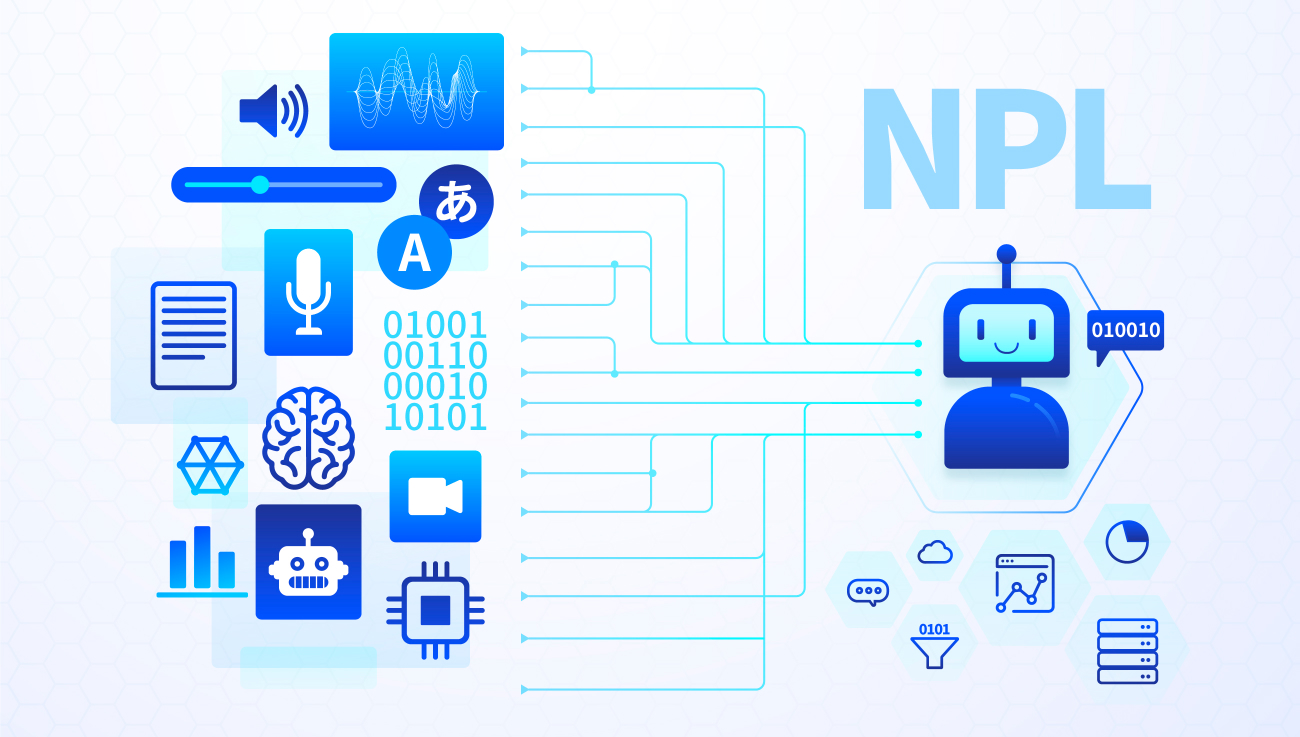
What is Natural Language Processing?
Natural Language Processing, commonly referred to as NLP, is a subfield of AI that focuses on the interaction between humans and computers using natural language. The ultimate objective of NLP is to read, decipher, understand, and make sense of the human language in a valuable way. NLP is crucial in creating chatbots that can understand human inputs and respond to them in a way that resembles human-to-human conversation.
B. Role of NLP in Understanding and Processing User Requests
NLP plays a pivotal role in transforming a chatbot from a simple interactive tool to an intelligent system capable of understanding and processing user requests. It enables chatbots to interpret user input (text or voice), understand the context, infer the user’s intent, and generate an appropriate response. Without NLP, a chatbot would struggle to understand and respond to user requests, especially when those requests are conversational, unstructured, or involve complex language constructs.
NLP and Machine Learning: The Connection
The synergy between NLP and machine learning lies at the heart of an effective chatbot. NLP uses machine learning algorithms to train the chatbot to understand and interpret human language. The chatbot learns and improves over time, becoming increasingly better at understanding and responding to user queries, with machine learning enabling continuous learning and improvement.
Deep Learning and its Impact on Chatbot Development
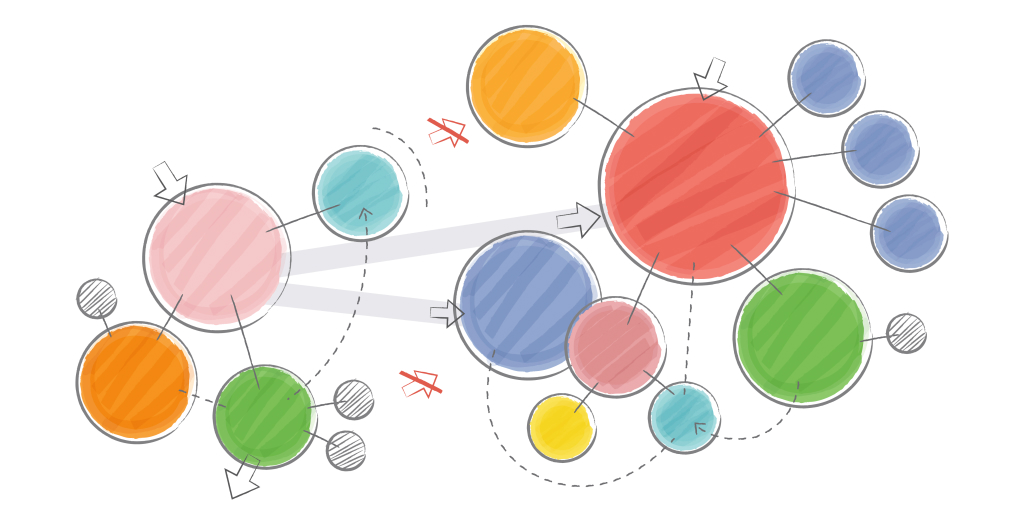
Understanding Deep Learning
Deep learning is a subfield of machine learning that is inspired by the structure and function of the human brain. It uses artificial neural networks to mimic the learning process of the human brain, giving the algorithm the ability to learn and improve on its own. The term 'deep' refers to the multiple layers in the network which enable complex learning and processing.
How Deep Learning Enhances Conversational AI
Deep learning has the potential to significantly enhance conversational AI, making chatbot interactions more natural, efficient, and contextually aware. By processing large amounts of data and recognizing patterns, deep learning algorithms can help chatbots understand and respond to ambiguous requests, grasp the context of the conversation, and even pick up on nuances such as sentiment or emotion. In essence, deep learning helps make chatbots more 'human'.
Implementing Deep Learning in Chatbot Building
Implementing deep learning in chatbot building involves training models on large datasets to create sophisticated conversation flows. With the right training, a chatbot can learn to make more accurate predictions about the user's intent, improve the quality of its responses, and handle a wider range of user queries. It's all about providing the chatbot with the right training data and equipping it with the ability to learn and improve from every interaction.
The Role of Python in Building Chatbots
Why Python for Machine Learning and Chatbot Development
Python has become the go-to language for machine learning and chatbot development, owing to its simplicity, readability, and vast library support. Python's simplicity allows developers to test algorithms without much coding, making it perfect for prototype testing. Moreover, it's a great tool for backend development, allowing seamless processing and execution. Python's extensive machine learning libraries such as TensorFlow, Keras, and Scikit-learn make it an excellent choice for chatbot development.
Common Python Bot Frameworks for Chatbot Building
Several powerful Python bot frameworks can facilitate chatbot building. For instance, Rasa NLU is a great open-source tool for intent classification and entity extraction. ChatterBot, another Python library, makes it easy to build AI chatbots due to its machine learning capabilities. Dialogflow, powered by Google, enables developers to build text or voice-based bots on multiple platforms and supports multiple languages.
Automation in Customer Service with Chatbots
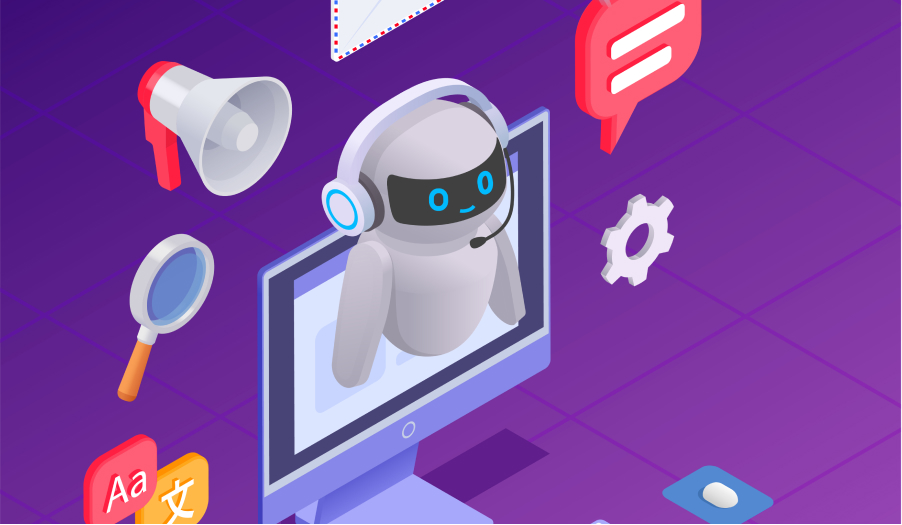
How Chatbots Automate Customer Service
Chatbots are revolutionizing customer service by enabling businesses to deliver efficient, personalized, and instant service. They are capable of handling a wide range of customer queries, scheduling appointments, providing product recommendations, and more. Being available 24/7, they ensure customer queries are addressed promptly, even outside of typical business hours.
Benefits and Challenges of Automating Customer Service with Chatbots
Automating customer service with chatbots offers numerous benefits, such as increased efficiency, reduced operational costs, and improved customer engagement. However, it's not without challenges. Complex queries can stump chatbots, and they may struggle to replicate the empathetic and nuanced understanding of human customer service representatives. Balancing automation and personal touch is crucial to ensure customer satisfaction.
Future Trends of Automation in Customer Service
The future of automation in customer service looks promising, with advancements in machine learning and AI set to push the boundaries of what chatbots can achieve. Predictions suggest that chatbots will become increasingly intuitive and predictive, offering highly personalized customer interactions. They'll also integrate more seamlessly with other AI-driven technologies, creating a more unified and efficient customer service experience.
Practical Guide: Building a Chatbot with Machine Learning
Choosing the Right Bot Frameworks
The first step in building a chatbot is to choose the right framework. Your choice will depend on your specific needs - whether you're building a simple, rule-based bot to answer FAQs or an advanced, AI-powered bot capable of understanding and responding to complex queries. Popular frameworks include Microsoft's Bot Framework, IBM Watson, Dialogflow, and Rasa.
Designing and Training Your Chatbot Using Machine Learning
Once the framework is chosen, the next step is to design your chatbot and train it using machine learning. This involves creating a data model, training it on relevant datasets, and refining the model based on its performance. By using machine learning algorithms, your chatbot can learn from past interactions and continuously improve its responses.
Testing and Deploying Your Chatbot
Once your chatbot has been trained, it's important to thoroughly test its performance in various scenarios to ensure it's ready for deployment. This involves testing the chatbot's understanding of queries, its response accuracy, and its ability to handle unexpected inputs. Once testing is complete and any issues have been addressed, your chatbot is ready to be deployed and start interacting with users.
Conclusion
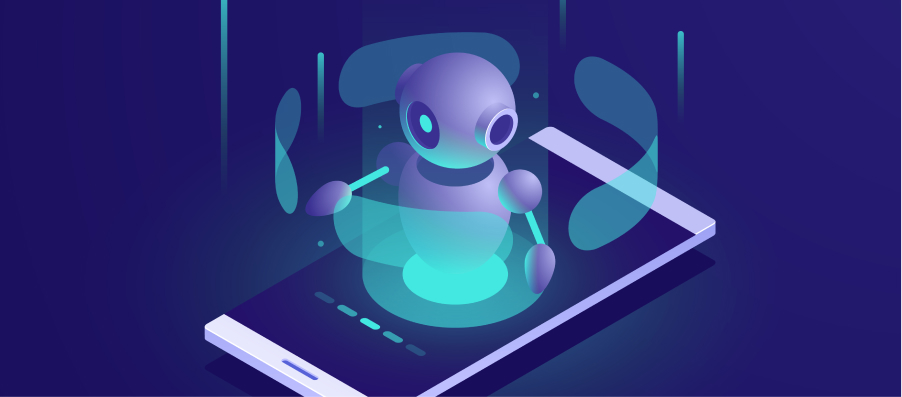
The Future of Chatbots and Machine Learning
With advancements in machine learning and AI, the future of chatbots looks promising. Chatbots are set to become more sophisticated, intelligent, and human-like in their interactions. They'll move beyond answering simple queries to providing personalized product recommendations, proactively providing information based on user behavior, and integrating seamlessly with other AI-powered systems to deliver a unified and enhanced user experience.
Final Thoughts on Building Chatbots with Machine Learning
Building chatbots with machine learning can be a complex process, but the rewards are worth the effort. As chatbots become more intelligent and capable, they offer significant benefits to businesses in terms of improved customer service, increased efficiency, and reduced operational costs. With the right tools, resources, and a solid understanding of machine learning and AI, anyone can start building their own chatbot.
References
To deepen your understanding of machine learning and chatbot development, here are some resources for further reading:
- Chatbot Tutorial: How to Build a Chatbot with Deep Learning - This DataCamp tutorial offers a comprehensive walkthrough of how to build a chatbot using Python, TensorFlow, and deep learning techniques.
- Machine Learning Crash Course - This Google crash course is an excellent resource for understanding machine learning concepts and principles.
- Build a Python Chatbot with Rasa - The official Rasa tutorial on how to build a Python chatbot. Rasa is a popular open-source machine learning framework used in building chatbots.
- Using Machine Learning and AI to Build a Chatbot - IBM's guide on leveraging AI and machine learning in chatbot development provides a lot of valuable insights.
- The Complete Beginner's Guide To Chatbots - Published on Chatbots Magazine, this guide offers a beginner-friendly overview of chatbots and how they're developed.
 Mark Petrenko
Mark Petrenko 
